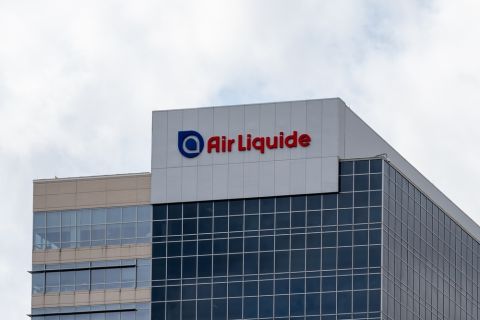Jordan Blum, editorial director, Hart Energy: We're here at the Executive Oil Conference in Midland in the heart of the Permian Basin. I'm joined by Ryan Duman, the director of upstream research for Wood MacKenzie. We just had Exxon buy Pioneer, Chevron's buying Hess. There's a lot of smaller deal making too. Can I get you to just take us through the M&A trends right now and what's on the horizon?
Ryan Duman: Yeah, absolutely. So we've obviously seen a lot of M&A this year, even preceding the mega deals, whether it be public companies acquiring private companies. We've just seen a lot of dealmaking as companies, one hunt for scale, two hunt to replenish some of that inventory that they've run through over the past few years.
JB: So there's a lot of fighting for that top inventory in the Permian, especially whether you're getting into Tier 1, Tier 2. How do you see that kind of race maybe even continuing to escalate, and where is it focusing in terms of quality?
RD: Yeah, so I mean we are seeing quality in a lot of cases start to dwindle. It's no secret that well performance in some zip codes has started to roll over. We're not looking at wells generating the same returns as maybe they were a few years ago. That doesn't mean there's not good inventory left, but there is a bit of target scarcity that's starting to play a bigger role in companies that may have thousands of locations already thinking is now the right time to go look for some more because it's only going to get harder to buy that inventory and more expensive.
JB: So they're feeling a lot of pressure.
RD: Absolutely.
JB: The clock is ticking. So in those negotiations, when you're getting into these different tiers, that top tier isn't quite as available. How difficult is it to really determine what's ... high quality something or does it get real nebulous?
RD: It does. I mean, so we throw these terms around a lot. Tier 1, Tier 2, Tier 3, very subjective oftentimes, and what might be Tier 1 for one company isn't the same as other companies. Generally, I think you could think about it. Tier 1, maybe generically, is something that generates at least a 30% return at 50 bucks a barrel. But for some companies, depending on what their cost structure looks like, what existing inventory they have, we've seen it go as low as $30, $40 a barrel, as high as $60 or $70. So it can depend on companies. That's why there's still going to be opportunities for different companies to come together, either buy, sell, or merge together, and you still have the opportunity to come out with a beneficial transaction.
JB: So obviously the Permian’s, the hottest basin, but within the Permian, where do you see the direction of the dealmaking going?
RD: I mean, I think geographically the Delaware [Basin] still, we could see some work done for some consolidation there. The Midland, not to say it's off limits, but we look, especially following the Exxon Pioneer deal, so much of the acreage is held by such a relative few number of companies that what you're looking at is just a much smaller is seller pool there. And so the Delaware, looking for more of the deals going forward, but certainly not over.
JB: New Mexico, southern?
RD: I mean, I think looking for longer term, probably some more southern opportunities. If we look at some of the Reeves County acreage and what you might see there, I mean there's been a ton of activity over the past few years, especially around the state line area, just by virtue of how good the acreage is. So some of that we'd expect companies to want to keep and hold since that's true, true Tier 1 subjective as it is, there's no argument that that's some of the best in the world.
JB: To read and watch more, please visit online at hartenergy.com.
Recommended Reading
CAPP Forecasts $40.6B in Canadian Upstream Capex in 2024
2024-02-27 - The number is slightly over the estimated 2023 capex spend; CAPP cites uncertain emissions policy as a factor in investment decisions.
Air Liquide to Add CO2 Recycling at Plant in Germany
2024-02-08 - In a supply agreement, Air Liquide and Dow plan to add a new CO2 recycling solution to two air separation units and one partial oxidation plant.
1 Fatality in Equinor Helicopter Training Accident Offshore Norway
2024-02-29 - Equinor employee died following the helicopter accident, the cause of which has not been reported.
Equinor Resumes Helicopter Flights on NCS Following Fatal Accident
2024-03-01 - Operator also announced it is expanding its helicopter fleet by 15 through contracts with Bell and Leonardo, with the first two helicopters slated for delivery in about a year.
Coalition Launches Decarbonization Program in Major US Cities, Counties
2024-04-11 - A national coalition will start decarbonization efforts in nine U.S. cities and counties following a federal award of $20 billion “green bank” grants.





